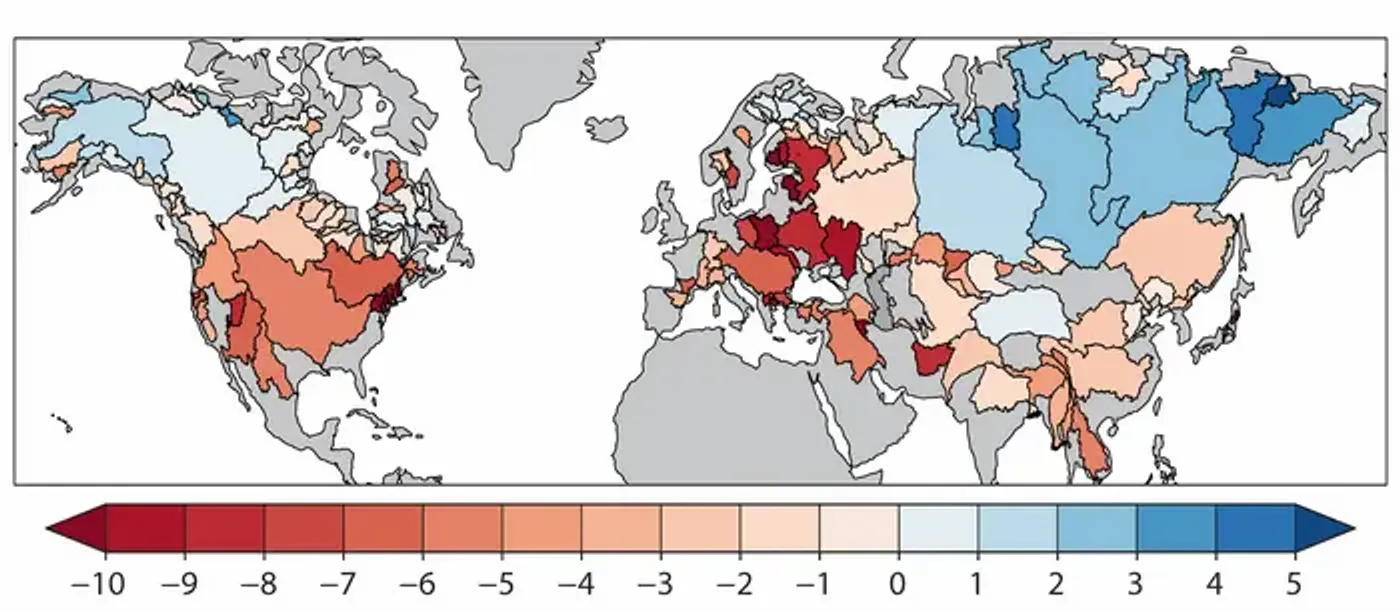Snowpack Shrinkage: Unveiling the Impact of Human-Driven Climate Change
Enhanced climate change brings increased temperatures, along with wildfires and more severe storms, but what kind of an impact does this have on snowpacks, specifically in the Northern Hemisphere? This is what a recent study published in Nature hopes to address, as a pair of researchers from Dartmouth College used a machine learning model to conduct a comprehensive investigation on snowpack changes within the Northern Hemisphere between 1981 and 2020.
Increased temperatures would naturally lead to less snow and snowmelt, which could lead to water shortages. However, recent weather patterns like more severe blizzards disagree with corresponding data and climate models. So, is human-caused climate change contributing to less, or even more snow across the Northern Hemisphere?
For the study, the researchers incorporated data regarding temperature, precipitation, watershed runoffs, and snowpack changes to ascertain changes in snowpacks, and subsequently, changes in springtime meltwater during the study period. In the end, the researchers identified large snow changes in 82 of the 169 largest river basins in the Northern Hemisphere used for the study, including 31 they identified as being caused by human-caused climate change.
"Our work identifies the watersheds that have experienced historical snow loss and those that will be most vulnerable to rapid snowpack declines with further warming," said Alexander Gottlieb, who is a PhD student in the Ecology, Evolution, Environment and Society graduate program at Dartmouth and lead author of the study. "The train has left the station for regions such as the Southwestern and Northeastern United States. By the end of the 21st century, we expect these places to be close to snow-free by the end of March. We're on that path and not particularly well adapted when it comes to water scarcity."
Graphic depicting changes in spring snowpacks among Northern Hemisphere watersheds between 1981 and 2020 shown by percentage per decade. (Credit: Justin Mankin and Alex Gottlieb/Dartmouth)
This study comes as 2023 has been labeled as the “hottest year on record”, as scorching summer heat broke records all over the world. With increased temperatures, this latest study highlights the vital need to address climate change for both the summer and the winter months.
What new discoveries will researchers make about human-caused climate change in the coming years and decades? Only time will tell, and this is why we science!
As always, keep doing science & keep looking up!
Sources: Nature, EurekAlert!, Dartmouth, Reuters









